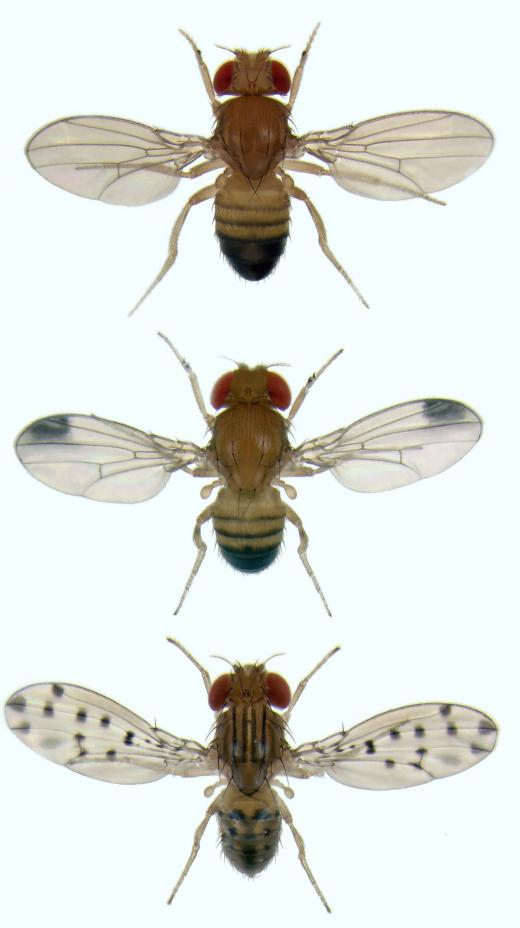What is Chromosome Mapping?
Chromosome mapping is the process of determining the locations of specific genes on a chromosome. Chromosomes are collections of deoxyribonucleic acid, or DNA, that contain genes, although it is not well understood where exactly these genes lie within chromosomes. Creating a chromosome map is useful in understanding how genes give rise to physical traits in living things. Chromosome mapping can also be important in the treatment of disease by allowing doctors to identify disease-causing genes. There are different types of chromosome maps, each with varying levels of precision and completeness.
Every living organism contains a set of operating instructions inside long molecules called DNA. These molecules can be found inside every cell of the organism and are grouped together in chromosomes. Specific units of these molecules, called genes, have been found to be responsible for physical traits in the organism, such as eye color or blood type. Understanding genes, therefore, allows scientists to understand physical traits in living things.

Some genes on a chromosome tend to be inherited together with adjacent genes. This tendency, called genetic linkage, was discovered in the early years of the twentieth century. During human reproduction, a child’s chromosomes are formed from a complicated combination of the parents' chromosomes. It is known that genes from each parents’ chromosomes can be transmitted in clusters. Discovering the locations of genes on chromosomes, therefore, could facilitate the understanding of how genes are inherited and expressed in offspring.

It is important to distinguish between two different procedures related to chromosome mapping. Genetic mapping, or sequencing, is obtaining an ordered list of genes on a strand of DNA. This is similar to making a numbered list of every exit along a highway. Physical mapping, on the other hand, is determining the physical location of genes on a particular chromosome. This is more like identifying the landmarks in the area near each exit on a highway.

There are several methods used in chromosome mapping. Historically, relative gene positions were inferred from breeding experiments with organisms. This was done extensively with the fruit fly species Drosophila melanogaster. If certain traits were frequently inherited together, the responsible genes were assumed to be located near each other. This method is useful in chromosome mapping for determining the relative location, rather than the absolute location, of genes.
Physical maps can be made using modern microbiology techniques. DNA strands are sometimes separated and broken into fragments for further study. These maps can vary widely in resolution. Resolution in physical genetic mapping is the degree of separation that can be discerned in closely related genetic elements.
AS FEATURED ON:
AS FEATURED ON:













Discussion Comments
The reason that fruit flies are used is because of how short of a life they have. The fruit fly is born, lives, multiplies and dies in a much shorter life cycle than humans. This gives the scientists generation after generation of fruit flies to study in a relatively short period of time.
In contrast Gregor Mendel is the father of modern genetics. He made genetic observations of different types of pea plants that he grew. Comparing different types of traits that were passed down to new generations by mixing various types of pea plants.
It makes you wonder what would have happened if Mendel had chosen flies rather than pea plants.
Post your comments